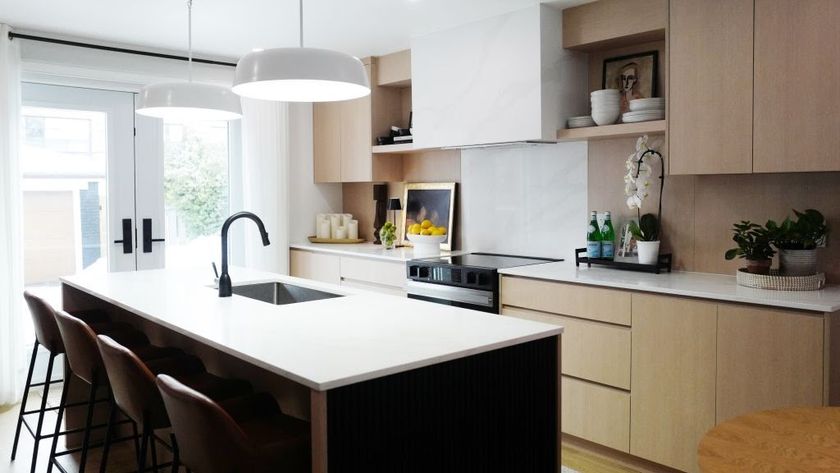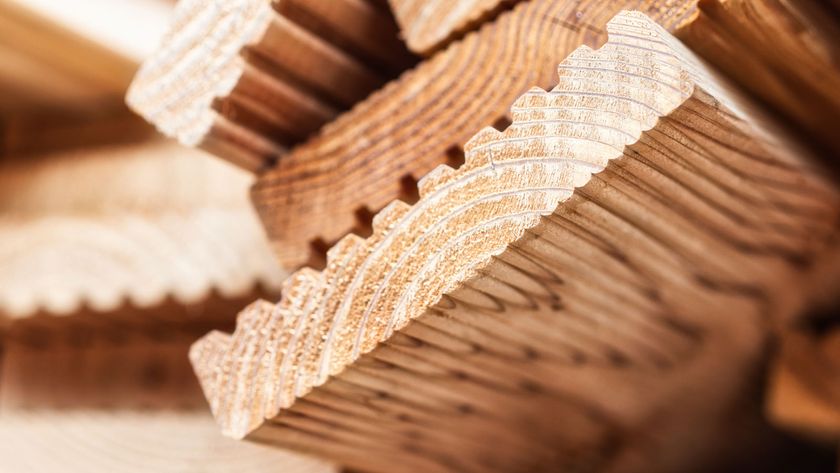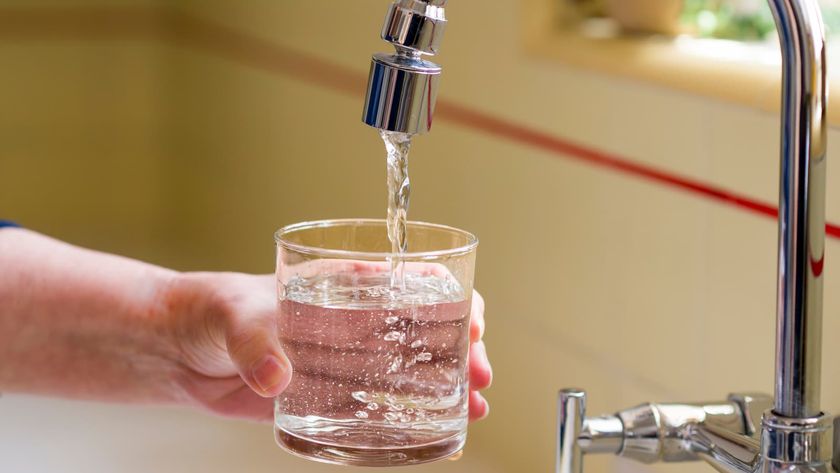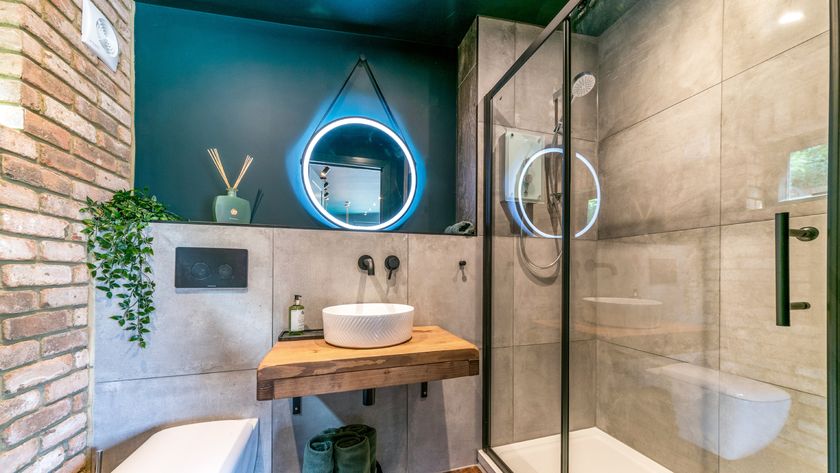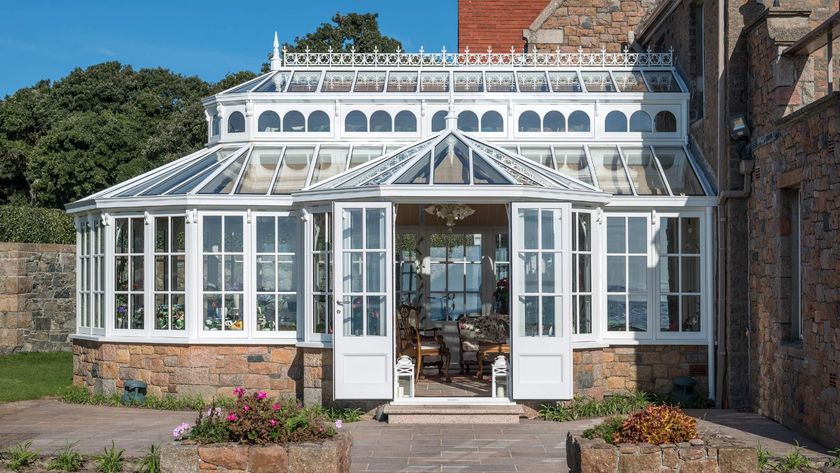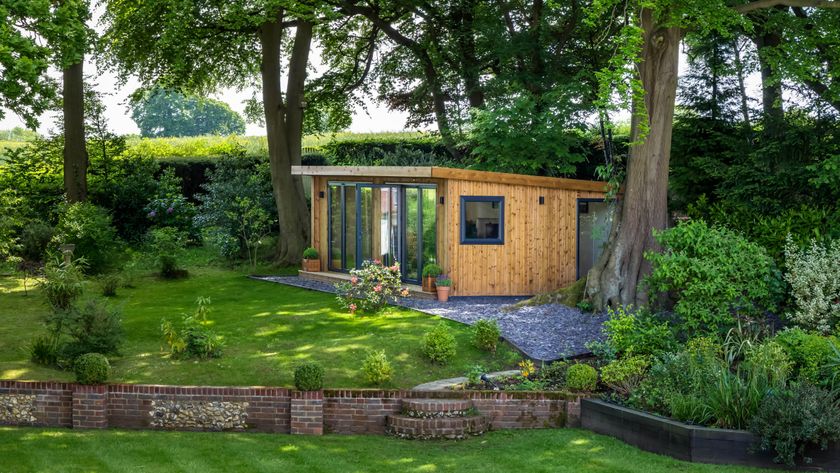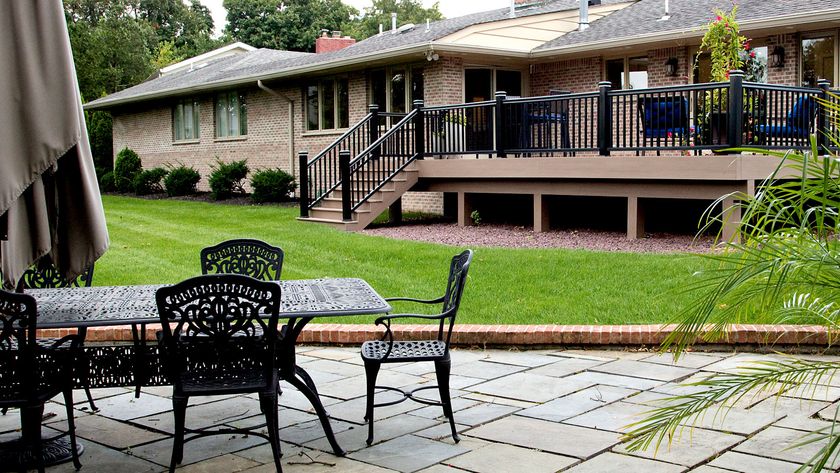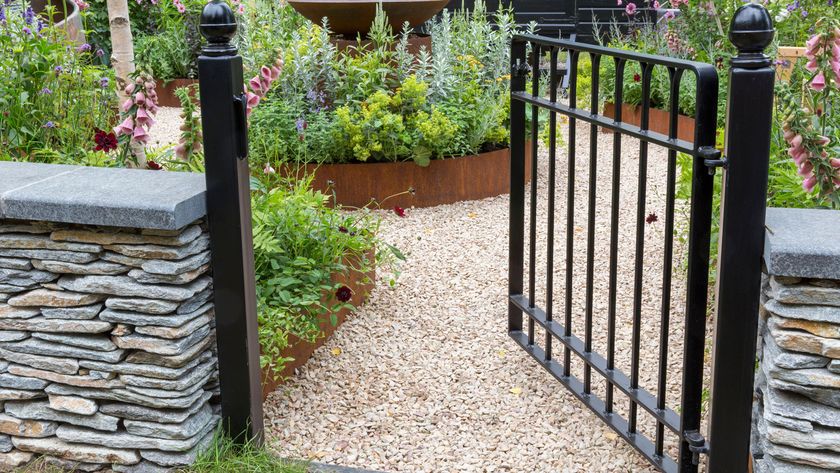Learn how to paint a radiator to get a faultless finish
Need to know how to paint a radiator? Follow our step-by-step guide and discover the top tips and techniques to give your radiators a fresh, smart new look
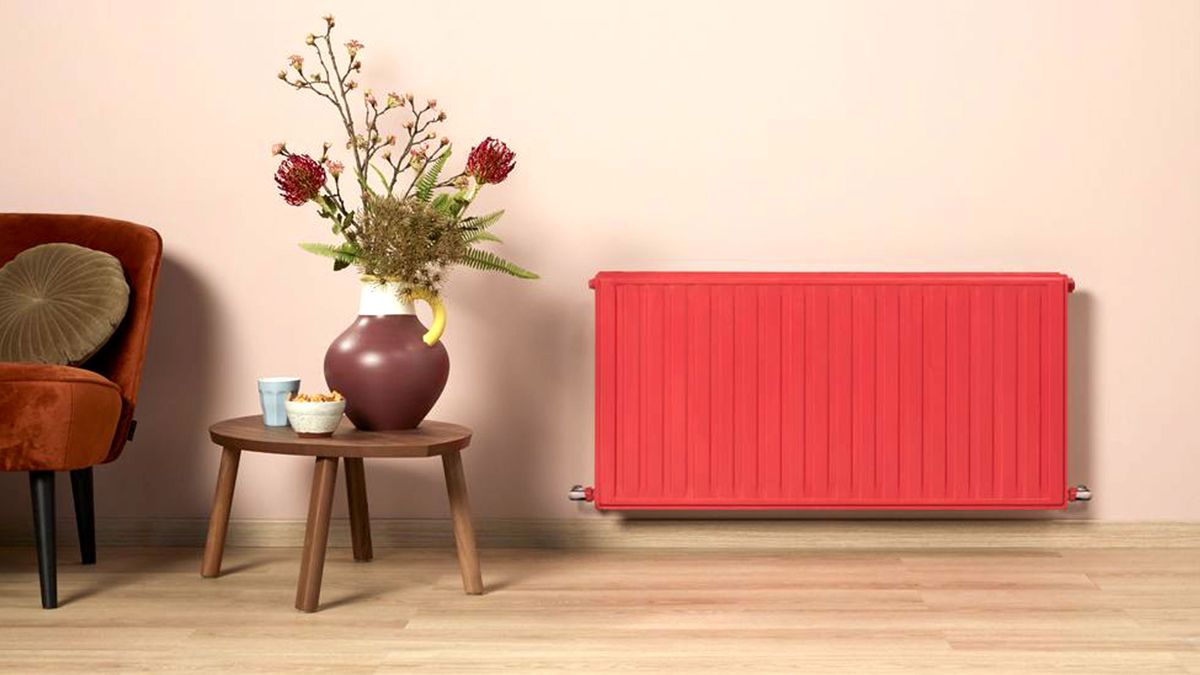
Learning how to paint a radiator properly isn't that difficult. Whether you are repainting a radiator the same colour or looking to add a hot new shade, it’s a job any keen DIYer can do.
But you will need to make sure the radiator is cold, properly prepped, and finished with the right paint. And only then will your metal radiators be able to boast a fresh new look.
Here we give tips and advice on how to prep your radiators, choose the right radiator paint and how to apply to get the job done in style.
1. How to Paint a Radiator: Choose the Right Paint
The first in painting a radiator is choosing the right paint. Choosing a specialist radiator paint like Hammerite Radiator Enamel Paint is the obvious choice, but it has its limits. It's great if your just refreshing your white radiators, but it lacks other colour choices.
If you don't want a white radiator paint or are unsure what what to buy we can help you out with our best radiator paint guide. This offers brush options, spray paint options for a factory like finish and a wider range of colours to choose from.
If you can't find the colour you want emulsion is an option. But you will need to apply a primer and finish with a clear radiator protector similar to varnish.
2. Get your tools ready for painting radiators
Once you have your ready, you can begin assembling your tools, which should include:
- Sandpaper
- Dust sheets
- Primer
- Radiator paint
- Paintbrushes
- Cloth/sponge/bowl
3. Prep the area ready for painting
Before you start the first thing you need to do is switch off the radiator completely and wait until it is stone cold. This applies to whatever type of radiator you have in your home.
Do this the night before you want to paint. Then on the next day, clear the area around the radiator, vacuum, and put down dust sheets.
You can remove the radiator from the wall if you're going to paint the back and front, but this involves more work. If you are not comfortable removing a radiator, then leaving it on the wall and knowing how to paint behind a radiator is the easier option, and you can still get a great finish.
4. Clean and rub down the radiator
If your radiator has a lot of loose paint then get a wire brush to remove it. Next, get a hard hand brush and remove as much dust and debris as possible. If you have a trend-setting traditional radiator you can use a microfibre hand duster to get in between the columns.
Radiators get dirty over time so you will need to give it a good clean. Use a kitchen sponge and warm soapy water — a squirt of washing up liquid will do.
If the radiator is situated in an area where it might get greasy (such as the kitchen), then use sugar soap to clean. To finish, wipe it over with a clean damp cloth and leave to dry.
Next, rub down the radiator using a fine to medium grade sandpaper — 150-220 grit will do the job. This will make sure that the paint adheres properly to the radiator to give it a long-lasting finish. Before you paint, give the area around the radiator one last clean.
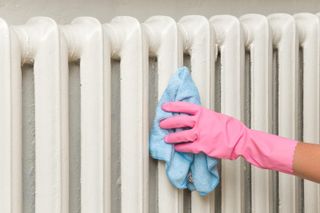
5. Prime the radiator ready for painting
The first coat to be applied to the radiator is a primer — especially if you are using a paint that isn’t a specialist radiator paint. ZINSSER B-I-N Primer Sealer is a good choice.
A primer will ensure a long-lasting paint job and better finish.
6. Paint the radiator from top to bottom
Using a brush or spray can are your best choices for application. You can use a roller if you have a flat panel radiator, but these don’t produce the best finish on most radiators.
The easy option – and most commonly used – is a paintbrush. Use a 2-4 inch brush for the main part, but have a ½ inch brush on hand for difficult to get into areas.
If you're painting a single panel radiator, start in the top left or top right corner and work down in strips. Don’t overload the brush with paint. When you're finished, lightly brush over any areas that need blending, and make sure you have no runs.
Double panel radiators are one of the best radiators for style and efficiency and you start by painting the ends first. Then paint the front before leaving to dry. Be sure to check the manufacturer's instructions for information on drying times.
Next, apply the topcoat the same way and leave it to dry. Make a judgement call if you need another coat or not.
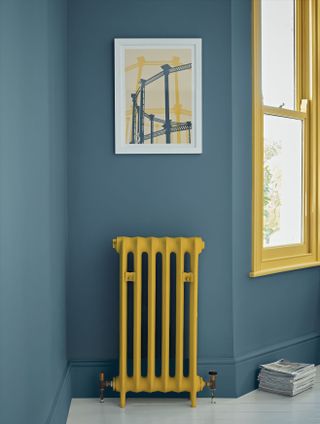
Why are radiators painted white?
There are a few reasons why radiators are painted white. First it is a colour that reflects heat rather than absorbing it like black. This means it will project the heat from a radiator into a room better. Though there is very little difference between white and a dark colour.
White paint is typically cheaper than colour paints and provides a good base if you want to paint a radiator another colour. It is also a neutral colour that will work well with most other colours found on walls.
However, one interior design trend of late is painting radiators in bold colours to match the wall, or in a complementary colour to the walls.
How do I spray paint a radiator?
Spray cans are the easy option to spray a radiator and will produce a smooth professional finish when done right. One can will provide a couple of coats on a small radiator.
To do this, you will need to prepare the area thoroughly as spray can spread easily. Cover the walls around two feet all around the radiator with newspaper or plastic sheets, and put dust sheets on the floor and over any nearby furniture.
Shake the can as instructed to mix the paint, then apply light, even coats from a distance of around six inches. Make sure you keep the can moving — if you concentrate on one area you will get runs. Let the first coat dry and add a second, and a third coat if needed.
It's a good idea to keep the room well ventilated whilst using a spray can too.
Can I use gloss paint on radiators?
Yes you can. It provides a strong, durable finish that has a high sheen, which may well complement your current decor. But when looking for a top coat on a paint project its typically a toss up between satin v gloss. Satin provides a great-looking finish and is a little more subtle having a lower sheen finish.
But if you want a gloss finish on your radiators, you will be better off looking for a specialist radiator paint that comes in a gloss finish. These are formulated for higher temperatures and are less likely to peel, flake and yellow.
How soon can you turn on a radiator after painting?
Once you have applied the final coat of paint to the radiator, leave it for at least 24 hours before switching back on. If you can, leave it for 48 hours in total. This will make sure that the paint is completely dry and ready to take the heat.
If you removed your radiator to paint it you will need to fix back on the wall and reconnect to the central heating system. To make sure that your radiator is getting back up to its maximum temperature you will need to know how to bleed a radiator. It's pretty straightforward but essential.
Get the Homebuilding & Renovating Newsletter
Bring your dream home to life with expert advice, how to guides and design inspiration. Sign up for our newsletter and get two free tickets to a Homebuilding & Renovating Show near you.
Steve Jenkins is a freelance content creator with over two decades of experience working in digital and print and was previously the DIY content editor for Homebuilding & Renovating.
He is a keen DIYer with over 20 years of experience in transforming and renovating the many homes he has lived in. He specialises in painting and decorating, but has a wide range of skills gleaned from working in the building trade for around 10 years and spending time at night school learning how to plaster and plumb.
He has fitted kitchens, tiled bathrooms and kitchens, laid many floors, built partition walls, plastered walls, plumbed in bathrooms, worked on loft conversions and much more. And when he's not sure how to tackle a DIY project he has a wide network of friends – including plumbers, gas engineers, tilers, carpenters, painters and decorators, electricians and builders – in the trade to call upon.

